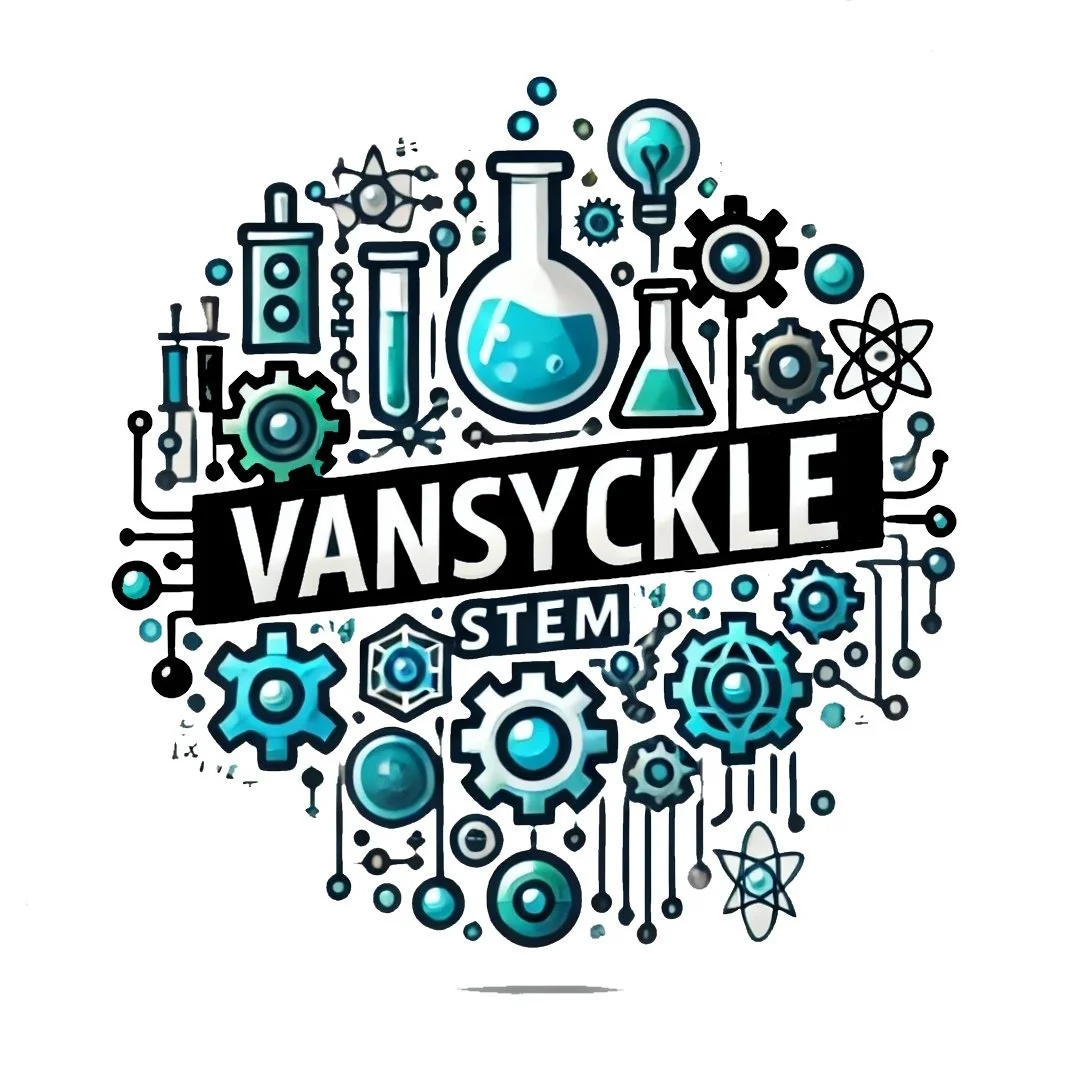What Students Can Learn on Scratch
Programming Fundamentals
Sequencing: Understanding the order of instructions in a program.
Loops & Conditions: Creating repeated actions and decision-making logic.
Variables & Data: Storing and using information in projects.
Events & Functions: Making programs respond to user input or other triggers.
Computational Thinking & Problem-Solving
Breaking complex tasks into smaller, manageable steps (decomposition).
Recognizing patterns and reusing code (pattern recognition).
Designing and testing solutions systematically (algorithmic thinking).
Creativity & Digital Storytelling
Students can create interactive stories, animations, and games.
Encourages artistic expression, combining visuals, sound, and code.
Develops narrative skills and creative problem-solving.
Collaboration & Sharing
Scratch has a community platform where students can share projects and give/receive feedback.
Encourages teamwork and learning from peers.
Logical Thinking & Debugging Skills
Students learn to test their programs, find errors, and fix them (debugging).
Builds resilience and critical thinking skills.
Introduction to STEM & Computational Careers
Lays a foundation for more advanced coding languages (Python, Java, C#).
Encourages interest in technology, robotics, game design, and digital media.
Scratch® is developed by the Lifelong Kindergarten Group at the MIT Media Lab. The use of Scratch in our lessons complies with the Creative Commons Attribution-ShareAlike 2.0 License (CC BY-SA 2.0).
VansyckleSTEM is not affiliated with or endorsed by MIT or the Scratch Foundation.


